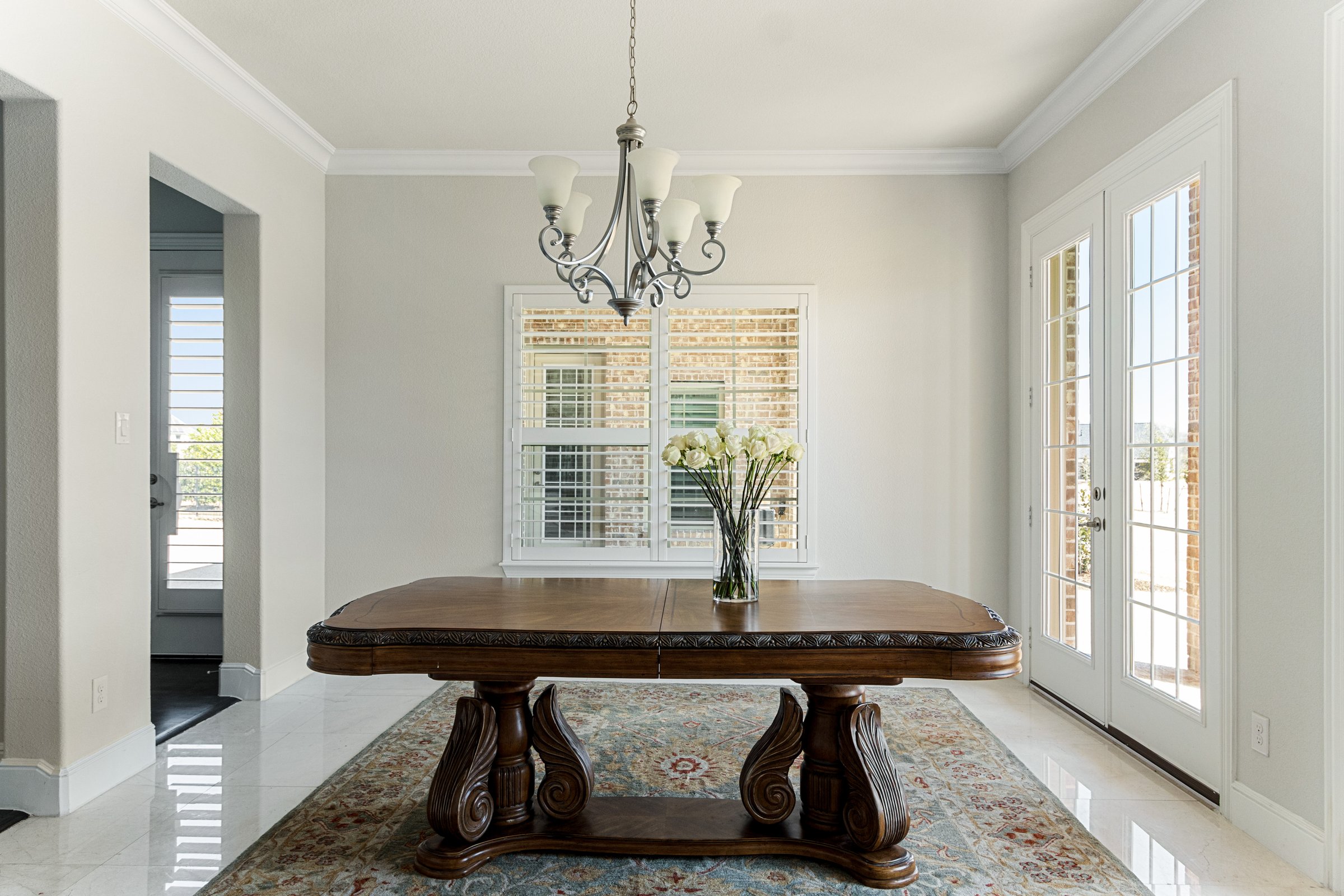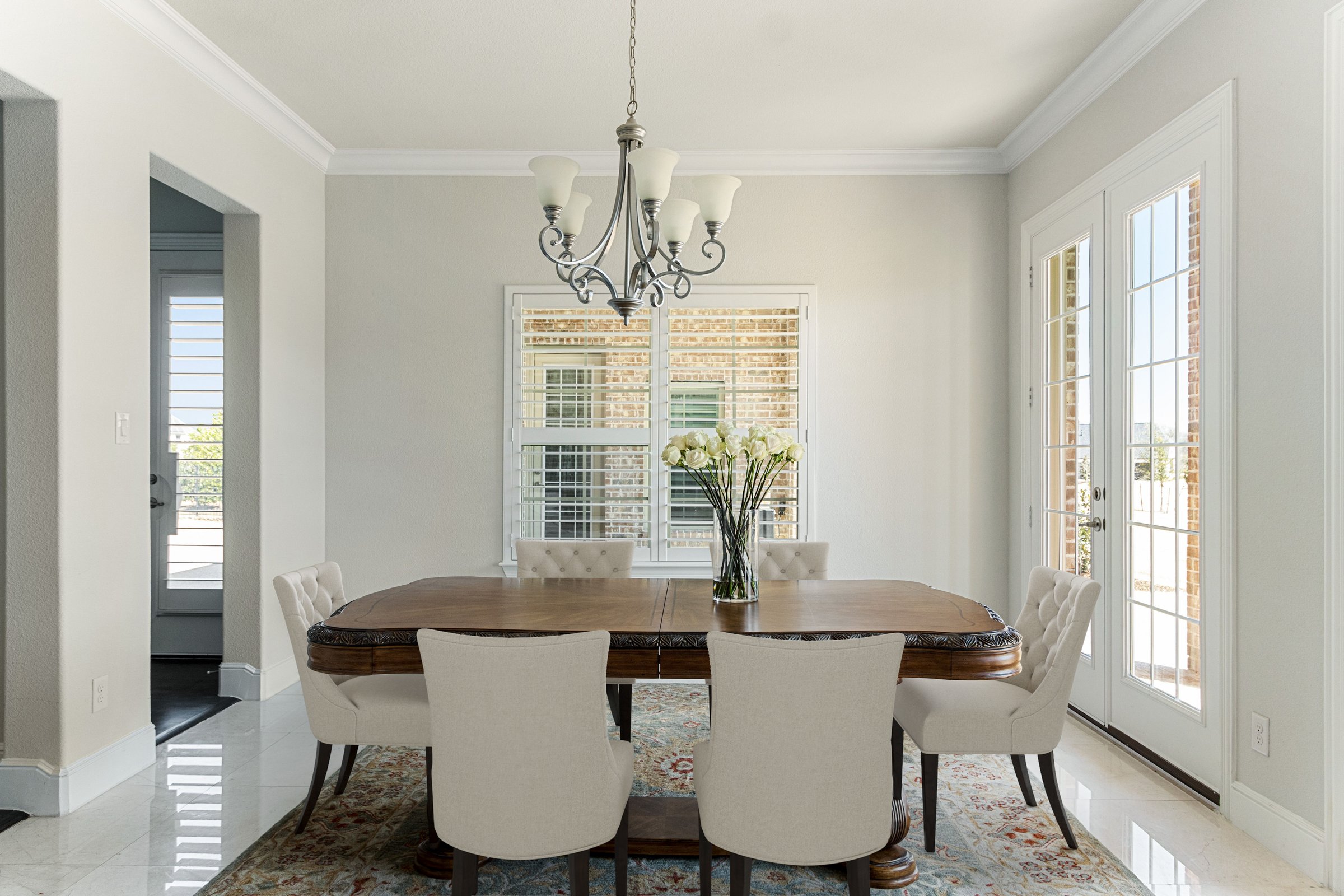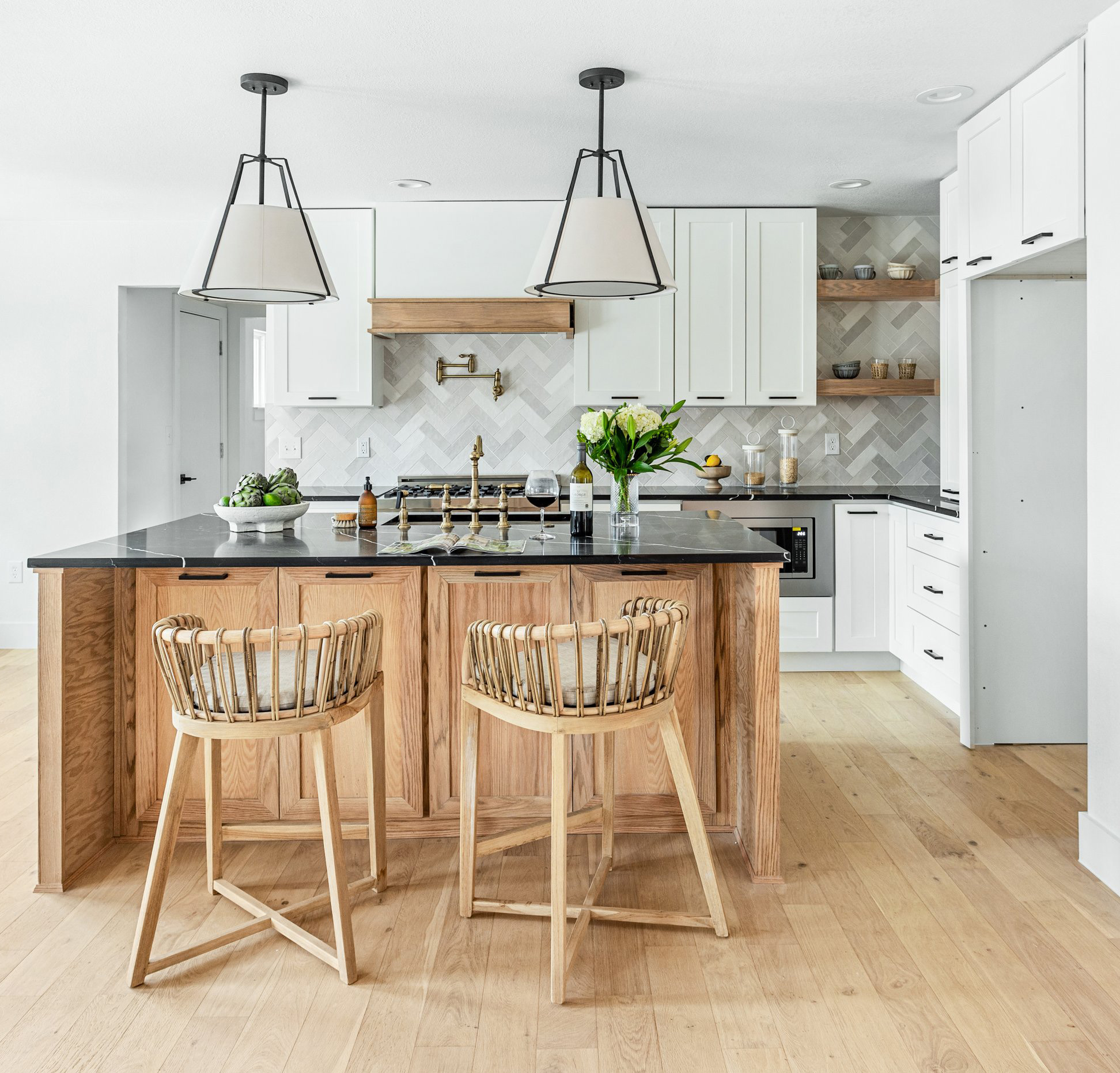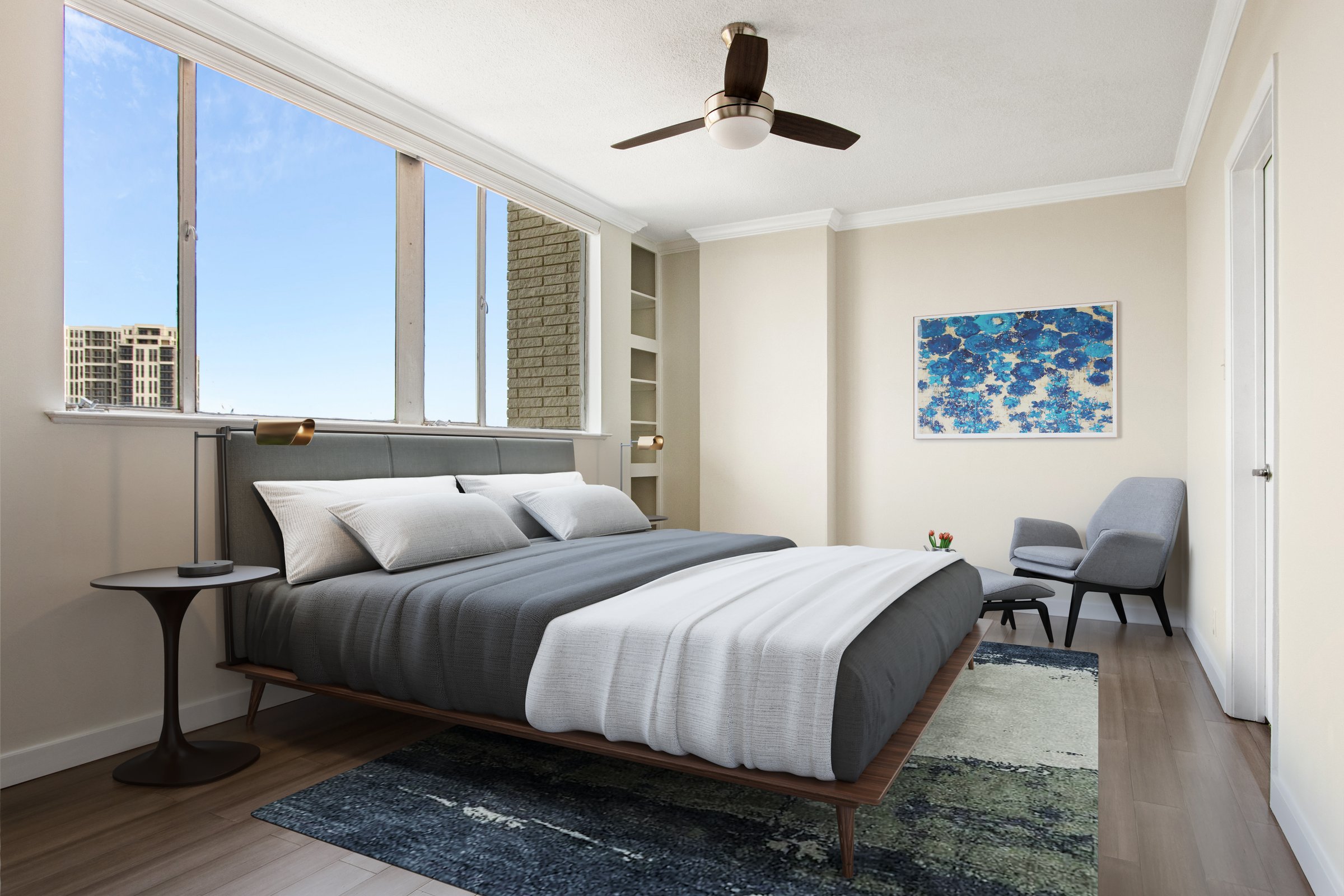Interest in Virtual Staging has seemed to be on a steady incline, and it doesn’t appear it will go away any time soon. Should you offer virtual staging services to your real estate agent clients? And if so, how?
What is Virtual Staging
Virtual Staging is where you take an image of a space and add furniture to the space digitally. The initial room can be vacant where it ends up being 100% virtually staged, it could have some decor where virtual additions are added to spruce it up, or it could have existing furniture that is removed digitally prior to virtual furniture taking its place.
The reason realtors ask for virtual staging is because they know a home shows better with furniture. It allows buyers to visualize what they can place in a room by showing scale of the decor within the space itself. With the majority of buyers using the Internet to find prospective homes, real estate agents understand the impact of the first impression that a home makes through photos.
 |  |
Pros of Virtual Staging
The biggest benefit of virtual staging is what was mentioned above – it gives buyers a chance to see what a space looks like with furniture in it. Photos with home decor present are much more desirable to look at than an empty space! (Considering the decor looks good, is not overwhelming, etc.) This in turn can help a home sell faster.
Cost is also a benefit of virtual staging. Although it may “seem” expensive to have a single photo virtually staged (it can be done for $15 or less per photo), it’s a lot more cost efficient compared to having a home physically staged.
A customized furniture selection is also a benefit of Virtual Staging. The agent has a choice as to what type of furniture can be utilized, and most companies who offer Virtual Staging have a catalog of numerous furniture collections. In comparison to hiring a staging company, the agent has more of a selection to choose from and can (for better or potentially worse) pick what they think would fit best in the home according to their own opinion.
Cons of Virtual Staging
Because pricing can get expensive for having multiple photos virtually staged, agents some times have only certain spaces, or certain angles virtually staged. This unfortunately means when they post to MLS, they’ll likely be posting virtually staged images alongside vacant images. This inconsistency immediately tells buyers the home is virtually staged, and also can make the viewing experience feel a bit rough around the edges.
Pricing for Virtual Staging is not that expensive when you compare it to physical staging, however with the apps and programs that exist that allow everyday people to change/adjust their photos, it can seem expensive to some agents. $15 for just adding furniture into a digital photo? In the grand scheme of things it isn’t expensive, but the perception tends to put it into the expensive bucket, which can be a challenge for real estate photographers selling the service.
Buyers may also be discouraged if they see virtually staged photos online, only to tour the property in person and see no furniture is present. Virtual Staging only helps the beginning steps of the home buying process, and unfortunately does not carry over into the viewing process.
Although a customized decor is a benefit of Virtual Staging, it also can be a downside. You’ll need to work with your client to determine not only what catalog of items to use, but also you will likely need guidance from them as to where each item should go. This can get very tedious especially with agents who want that ultimate control of the final product.
How to Virtually Stage Photos
Photos can be virtually staged using all sorts of software, from something expensive and complicated like 3D Studio Max, to something more cost efficient like Blender (see a video tutorial) or SketchUp. You can also try your hand and uploading your photos and virtually staging via the web, at ApplyDesign.io.
However with the cost being relatively low, it’s likely best to outsource your Virtual Staging work. Google Virtual Staging and you’ll find plenty of options, at many different price points and time deliverables! By outsourcing, you’ll free up your time that you can spend elsewhere in your business.
Final Verdict: Should You Offer Virtually Staging
For business, it is usually a benefit to diversify your services and offerings. The same goes for all of the various services you can be providing clients as a real estate photographer. If all you offer is still photos, it will be difficult to win over clients that also want video. Or clients who want aerials. Or clients who want 3D Tours. You get the idea – the more you can offer, the better chance you have of landing more clients.
P.S.
How you network in the industry and who you know may also determine if you offer Virtual Staging. If you have teamed up with stagers in your local area to help build business and you work with them and their clients, it probably isn’t a good idea to market/promote virtual staging. Maybe you offer virtual staging, but only to clients who have you shoot a vacant house and it’s not until after you shoot it, that you present the option (so as to not steal work away from a physical stager).
Selling as many services as possible will help your business grow/maintain clients, but be careful not to let a service step on the toes of any good industry relationships you have. Those relationships are what matter, and appreciating their full impact on your business will help you make the correct decisions about what you offer.
Bonus Tip
Working with a builder/developer, a designer of a vacant new build, or a remodel company, where the home already has staged items in it? Think about adding in appliances only, to give your portfolio pieces that final touch they need to make a completed photo.
 |  |
